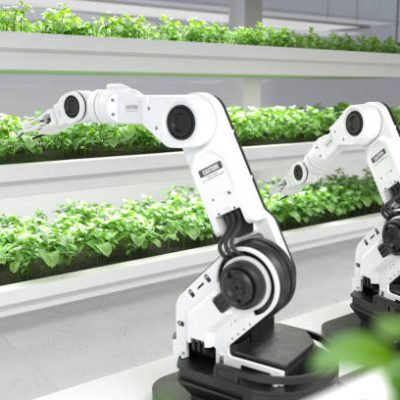Robotics is a rapidly growing field that has the potential to revolutionize the way we live, work, and interact with the world around us. As robotics becomes increasingly accessible, it is becoming increasingly important for young people to develop an understanding of these technologies and learn how to use them to solve real-world problems.
Introduction
In recent years, there has been a growing recognition of the importance of robotics in education. The use of robotics in education can help students to develop valuable skills such as critical thinking, problem-solving, creativity, and collaboration. By working with robots, students can learn about engineering, mathematics, computer science, and physics in a hands-on, experiential way that can inspire them to pursue careers in these fields.
The Benefits of Robotics in Education
One of the biggest benefits of robotics in education is that it can help students to develop a love of learning. When students work with robots, they are able to see the direct results of their work, which can be very motivating. Additionally, working with robots can help students to develop important skills such as problem-solving, critical thinking, and teamwork.
Building a Robotics Curriculum
To effectively integrate robotics into the classroom, it is important to build a comprehensive and well-designed curriculum. A successful robotics curriculum will include a mix of hands-on activities, lectures, and project-based learning. The curriculum should also be flexible enough to accommodate different learning styles and skill levels, and it should be designed to allow for both individual and group work.
Using Robotics to Teach STEM Skills
Robotics can be used to teach a wide range of STEM skills, including engineering, mathematics, computer science, and physics. For example, students can learn about basic engineering concepts by building and programming robots. They can also learn about physics by exploring the movement and behavior of robots. Additionally, robotics can be used to teach computer science and programming, as students learn how to write code to control their robots.
Robotics Competitions and Challenges
Another way to incorporate robotics into the classroom is through robotics competitions and challenges. These events can be a great way for students to apply what they have learned in a real-world setting, and they can also be a fun and engaging way to inspire students to pursue careers in STEM fields. Some popular robotics competitions include FIRST Robotics Competition, VEX Robotics Competition, and Botball.
Conclusion
robotics has the potential to revolutionize the way we educate our young people. By incorporating robotics into the classroom, we can help students to develop a love of learning, develop valuable skills, and inspire them to pursue careers in STEM fields. With a well-designed curriculum, the use of robotics in education can be a powerful tool for inspiring the next generation of innovators.



